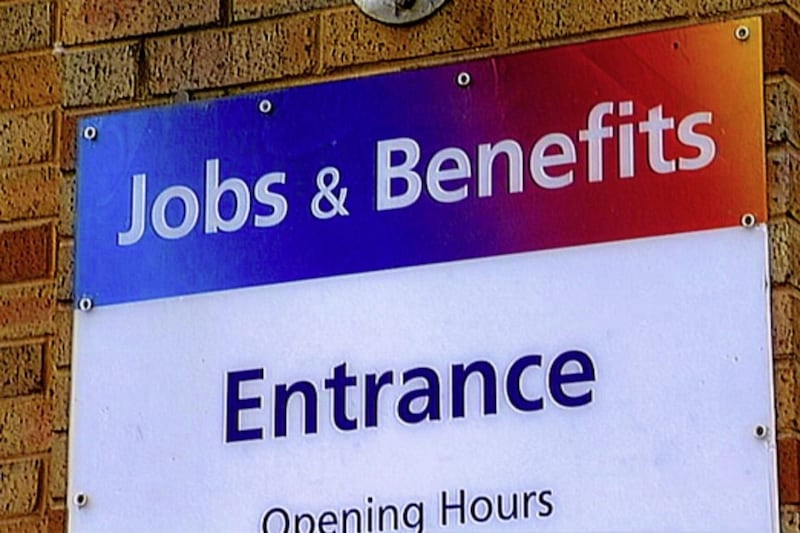The average monthly income for employees in Northern Ireland fell during the first month of 2024, the latest official data from HMRC suggests.
PAYE (pay as you earn) data, published as part of the February labour market report, showed median monthly earnings dropped by 0.4% (£9) to £2,130 between December 2023 and January 2024.
The Northern Ireland Statistics and Research Agency (Nisra) said while employee wages fell month-to-month, the £2,130 figure for January was still 4.6% (£94) higher than 12 months earlier.
The rate of inflation in the UK stood at 4% during December 2023.
Mark McAllister, the director of employment relations services at the Labour Relations Agency (LRA) said the HMRC data will likely feature in the forthcoming talks around public sector pay.
“Northern Ireland had the smallest pay rise in the UK and this will not be lost on trade unions and executive ministers alike when the negotiating parties are around the pay talk tables in the coming weeks,” he said.
“These statistics - along with inflation - will be in the mix in all pay negotiations as we move towards the end of the financial year.
“There will be a keen focus on ‘catch up’, on-going cost-of-living, future proofing and sustainable pay deals.”
The total number of people paid via PAYE continued to climb in the north last month, reaching 799,621, an increase of 0.1% over the month and 1.9% higher than a year earlier.
The north’s official claimant count stood at 35,800 in January, a decrease of 0.4% from the previous month’s revised figure.
Officially, the Department for the Economy (DfE) was notified of 50 confirmed redundancies and 140 proposed redundancies during January 2024.
Employers are only required to notify DfE in cases where 20 or more employees are at risk of redundancy.
But Mark McAllister said the official data has been eclipsed by recent job loss announcements and redundancy exercises.
Glen Dimplex last week announced plans to close its Portadown operation, with 200 jobs expected to be lost in Northern Ireland over the next two years.
BT has also told workers at its Enniskillen call centre, that the operation could close later this year.
Around 300 staff have been offered voluntary redundancy after a review into the future of the site was ordered.
“This is a reminder that statistics are a snapshot in time and lack the contemporaneous impact of real time figures,” said the LRA director.
The latest Labour Market release shows that over the year payrolled employee numbers and earnings have increased. Labour Force Survey employment & economic inactivity rates have moved in a favourable direction over the year while the unemployment rate has increased slightly.🧵1/4 pic.twitter.com/I07xyZBTIQ
— NISRA (@NISRA) February 13, 2024
Meanwhile, Nisra’s latest labour force survey (LFS) showed the north’s official unemployment rate starting to increase from recent record lows.
The official unemployment rate in Northern Ireland stood at 2.6% in the final quarter of 2023.
Unemployment fell to a record low of 2.1% during the autumn of 2023.
The LFS indicates the north’s employment rate increased by 0.4pps to 71.3% in the three months ending December 2023.
There was also a 0.4pps decrease in the economic inactivity rate to 26.8% over the same period.
The total number of hours worked in the October to December 2023 period decreased by 0.7% over the year, to 27.6 million hours per week.
Nisra’s commentary said: “This is 5.3% below the pre-pandemic position recorded in October-December 2019.”








